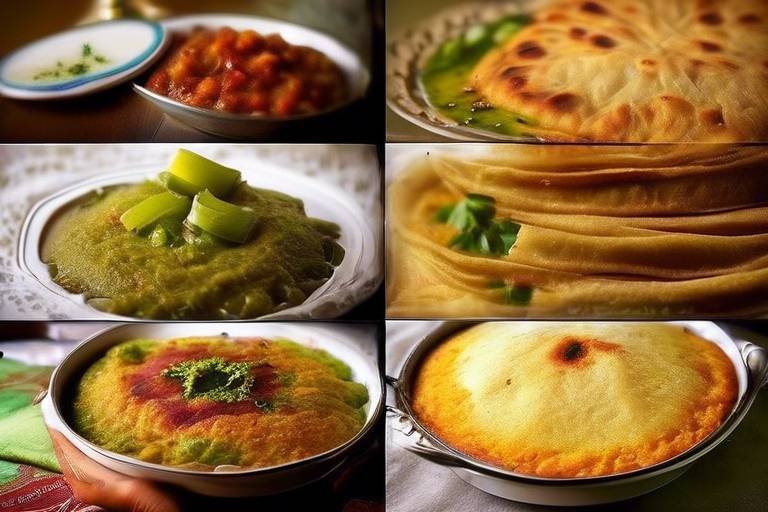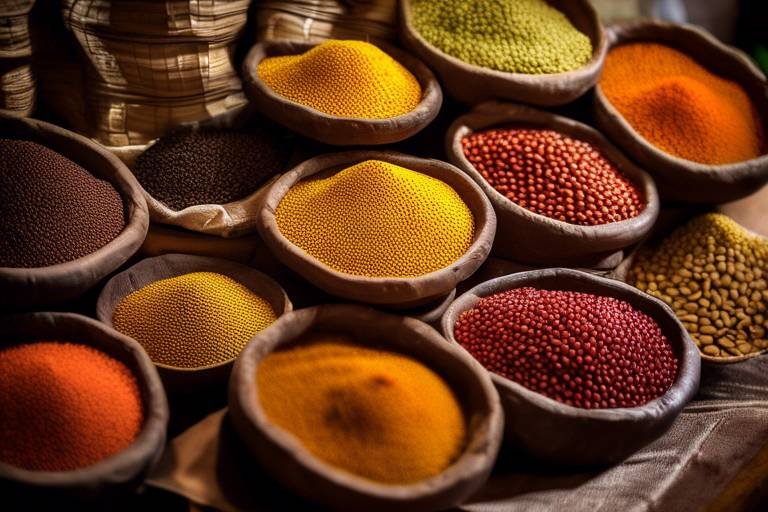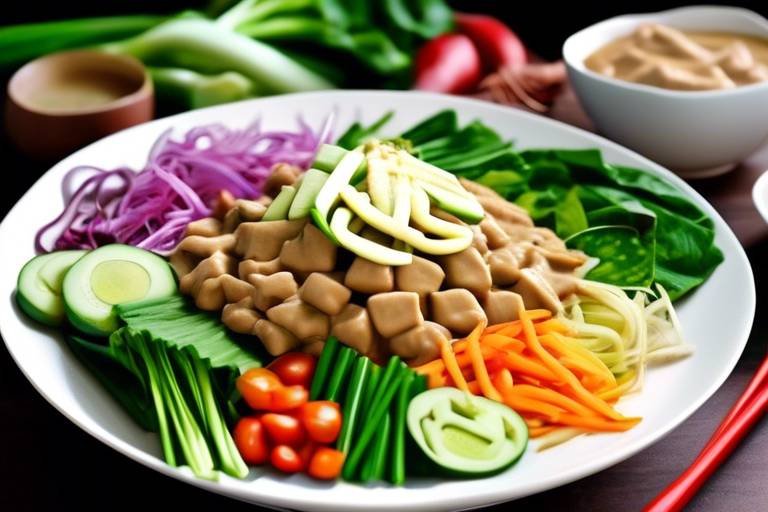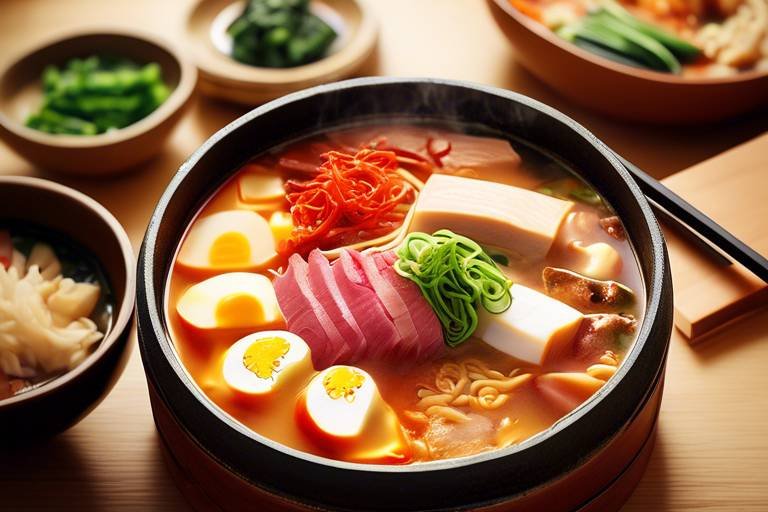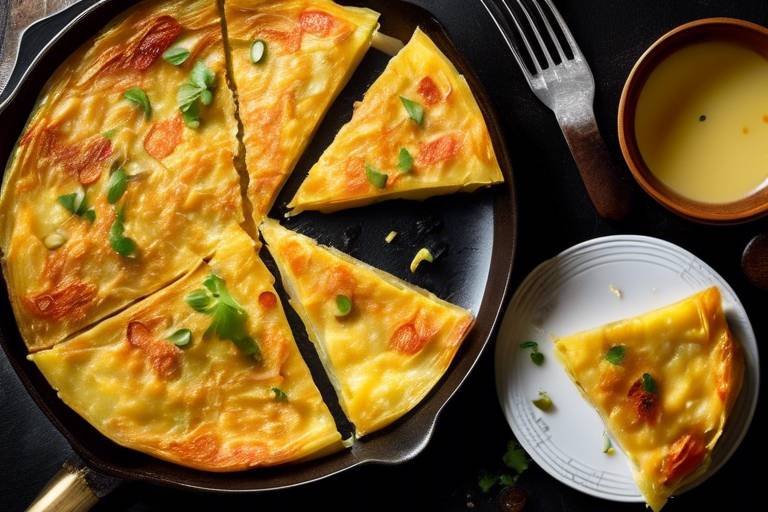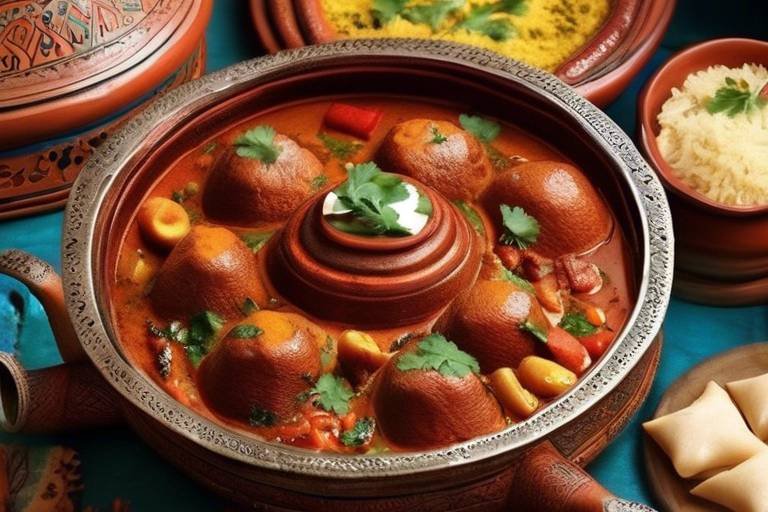Traditional Thai Pad Thai - Recipes and Tips
Exploring the authentic flavors of traditional Thai Pad Thai, this article provides recipes and tips for creating this popular dish at home, capturing the essence of Thai cuisine in every bite.

History of Pad Thai
The history of Pad Thai is a fascinating journey that reflects the cultural melting pot of Thai cuisine. Originating in the 1930s as a response to a government campaign to promote Thai nationalism and identity, Pad Thai quickly became a beloved street food staple across the country. Its evolution from a simple dish to a global sensation showcases the adaptability and creativity of Thai chefs in blending sweet, sour, and savory flavors into a harmonious culinary experience.
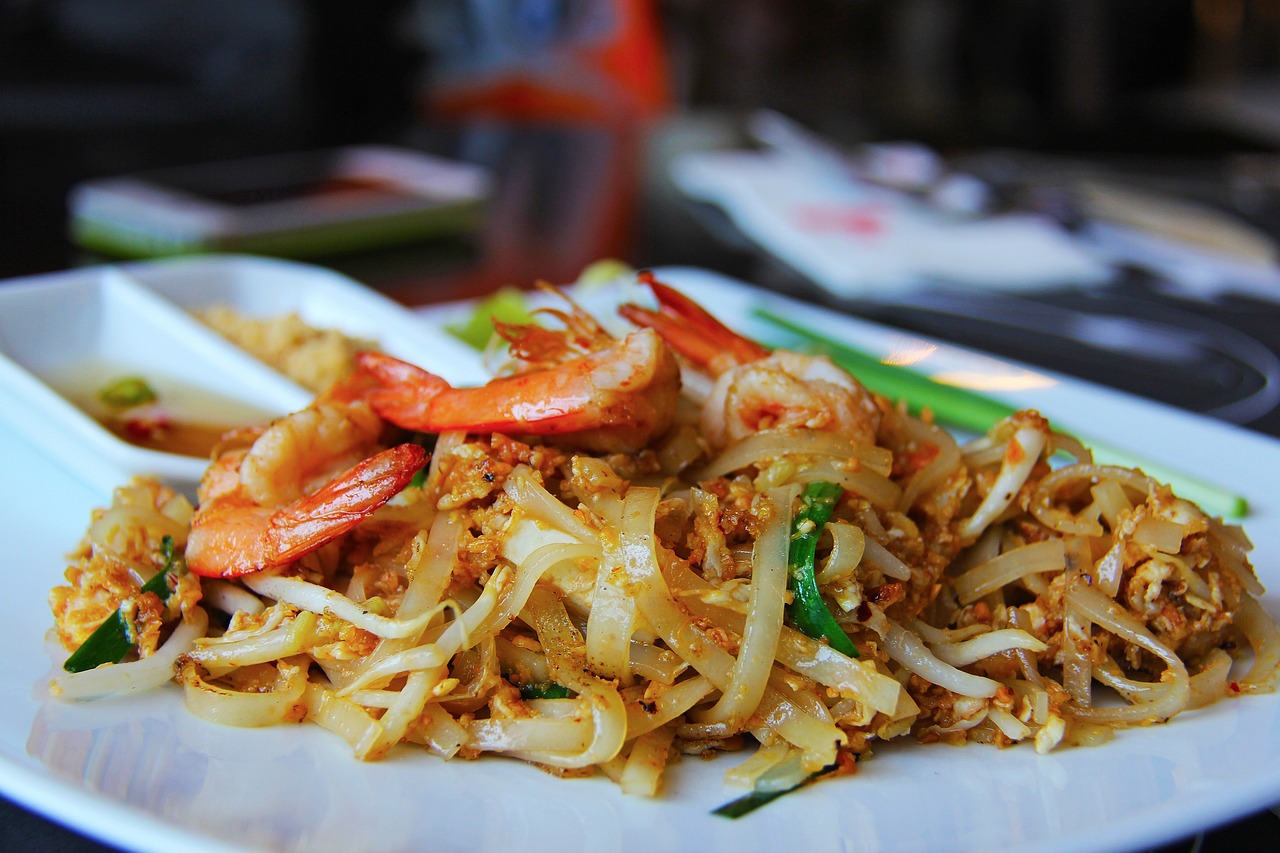
Key Ingredients
When it comes to creating an authentic and flavorful Traditional Thai Pad Thai, the key ingredients play a crucial role in achieving the perfect balance of sweet, sour, and savory flavors. Let's delve into the essential components that give Pad Thai its distinctive taste:
Rice Noodles: The foundation of Pad Thai, rice noodles provide a chewy and satisfying texture to the dish, absorbing the flavors of the sauce and other ingredients.
Tamarind Paste: This tangy and slightly sweet ingredient is essential for creating the signature tanginess of Pad Thai sauce, adding depth and complexity to the dish.
Shrimp: A common protein choice for Pad Thai, shrimp brings a delicate seafood flavor that pairs perfectly with the other ingredients, adding richness to the dish.
Tofu: For a vegetarian or vegan option, tofu is a versatile protein source that absorbs the flavors of the sauce while providing a satisfying texture to the dish.
Peanuts: Crushed peanuts are often sprinkled on top of Pad Thai for a crunchy texture and nutty flavor, adding a contrast of taste and enhancing the overall dish.
Fresh Herbs and Spices: Ingredients like cilantro, Thai basil, and garlic are used to infuse Pad Thai with aromatic and fresh flavors, elevating the dish to a new level of deliciousness.
By combining these key ingredients in the right proportions, you can create a mouthwatering Traditional Thai Pad Thai that captures the essence of Thai cuisine in every bite.
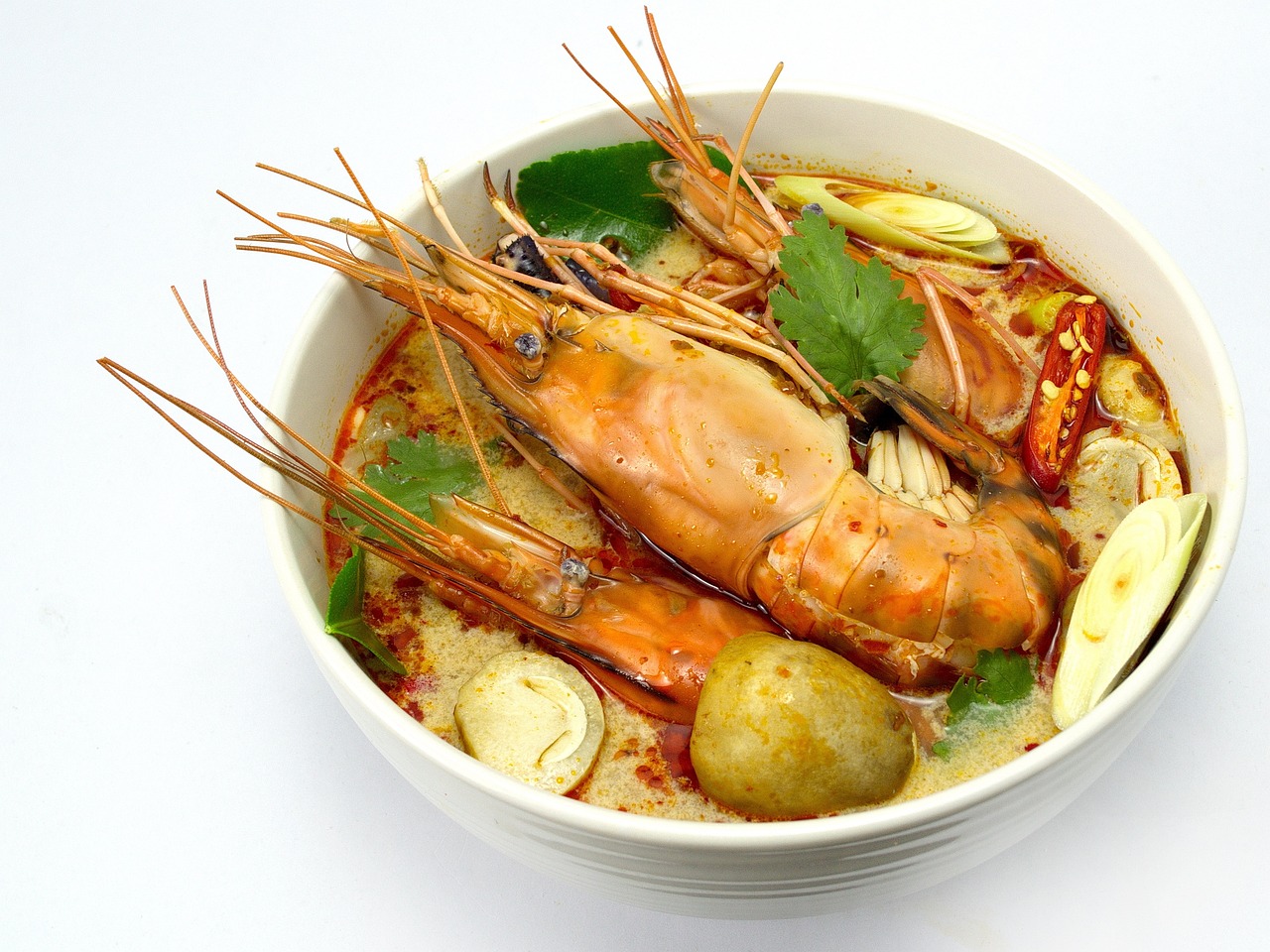
Traditional Cooking Techniques
When it comes to preparing traditional Thai Pad Thai, mastering the is essential to capturing the authentic flavors of this beloved dish. One of the key elements of traditional Pad Thai cooking is the use of a wok for stir-frying. The high heat of the wok allows the ingredients to cook quickly while maintaining their distinct textures and flavors.
Another crucial aspect of traditional Pad Thai cooking is achieving the perfect balance of flavors in the sauce. The sauce for Pad Thai typically includes a combination of sweet, sour, salty, and spicy elements, creating a complex and harmonious taste profile. Balancing these flavors requires a delicate touch and an understanding of how each ingredient contributes to the overall taste of the dish.
Texture is also paramount in traditional Pad Thai cooking. The noodles should be cooked to al dente, with a slight chewiness that adds depth to each bite. Achieving the ideal texture for the noodles involves careful timing and attention to detail during the cooking process.
Furthermore, traditional Pad Thai cooking often involves the use of fresh herbs and spices to enhance the dish's aroma and flavor. Ingredients like cilantro, Thai basil, and fresh lime juice are commonly used to add brightness and depth to the final dish, elevating it to a truly authentic Thai culinary experience.

Variations and Regional Styles
When it comes to Pad Thai, the variations and regional styles found throughout Thailand offer a delightful journey for your taste buds. Each region puts its own unique twist on this beloved dish, showcasing the diverse culinary landscape of the country. From the bustling streets of Bangkok to the serene beaches of Phuket, Pad Thai takes on different flavors and ingredients, reflecting the local culture and traditions.
In the central region of Thailand, Pad Thai is often prepared with a balance of sweet and savory flavors, using ingredients like palm sugar, fish sauce, and dried shrimp. The dish is typically garnished with a generous amount of crushed peanuts and fresh cilantro, adding a crunchy texture and herbaceous aroma to the noodles.
Traveling to the northern provinces, you may encounter a spicier version of Pad Thai, where bird's eye chilies and spicy chili paste are added to the stir-fry for an extra kick. Local herbs like Thai basil and kaffir lime leaves are also commonly used to infuse the dish with a fragrant and citrusy flavor, creating a unique taste that is distinct to the region.
Heading south to the coastal areas, Pad Thai takes on a seafood-centric twist, with an abundance of fresh shrimp, squid, and fish incorporated into the dish. The use of fresh lime juice and tamarind pulp adds a tangy brightness to the flavors, complementing the brininess of the seafood and creating a refreshing and satisfying meal that captures the essence of the ocean.
Exploring the rural regions of Thailand, you may come across variations of Pad Thai that highlight the abundance of fresh vegetables and herbs grown locally. Ingredients like morning glory, bean sprouts, and water mimosa are added to the stir-fry, providing a vibrant and colorful mix of textures and flavors that celebrate the bounty of the land.
Regardless of where you are in Thailand, Pad Thai remains a versatile and adaptable dish that can be customized to suit your preferences. Whether you prefer it spicy, sweet, or loaded with seafood, there is a regional style of Pad Thai waiting to tantalize your taste buds and transport you to the heart of Thai culinary tradition.
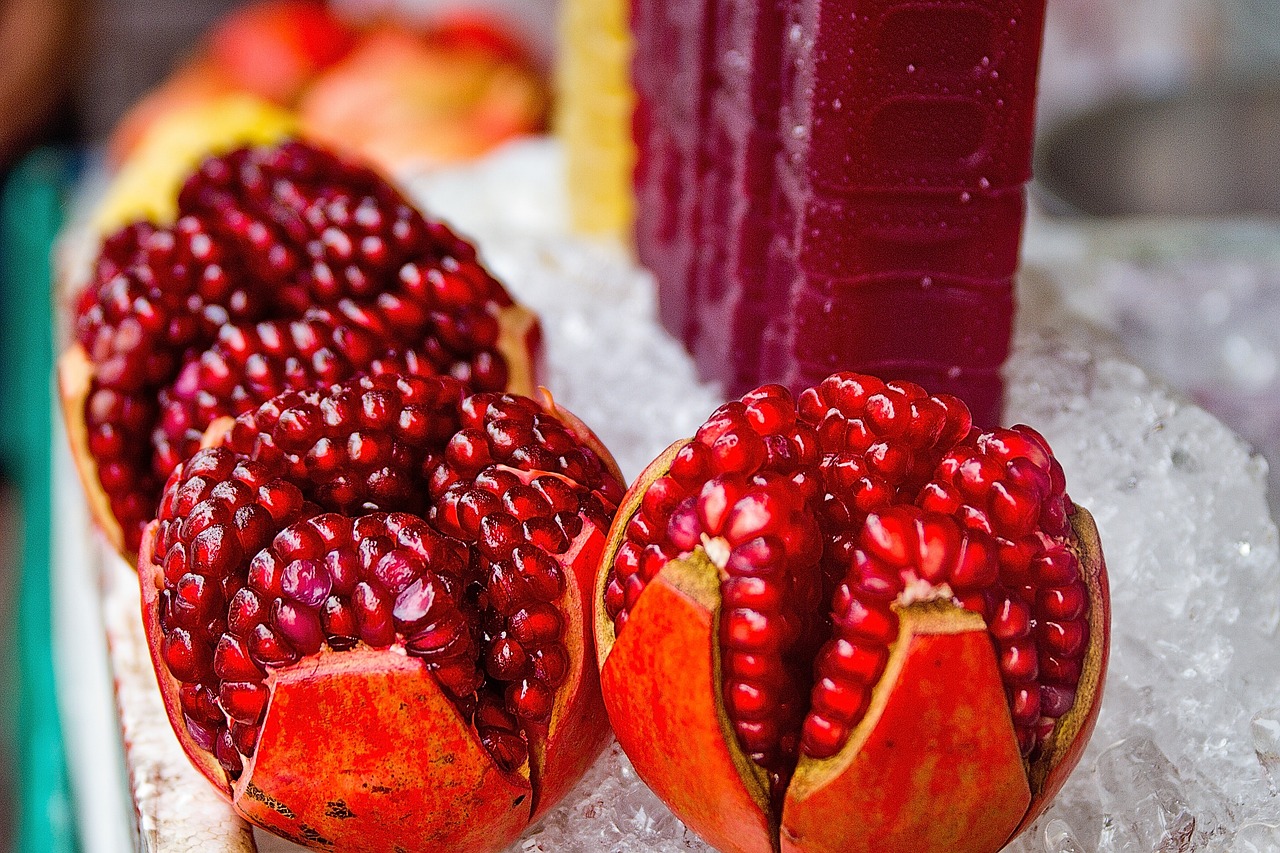
Vegetarian and Vegan Options
Are you looking to enjoy the flavors of Pad Thai while following a vegetarian or vegan diet? Fear not, as there are delicious alternatives that cater to your dietary preferences without compromising on taste. By incorporating plant-based proteins such as tofu and tempeh, along with a colorful array of vegetables, you can create a nutritious and flavorful version of this beloved Thai dish.
One popular option for vegetarians and vegans is to replace traditional protein sources like shrimp with tofu or tempeh. These plant-based alternatives not only provide a satisfying texture but also absorb the rich flavors of the sauce, enhancing the overall taste of the dish. Additionally, incorporating an assortment of vegetables such as bell peppers, bean sprouts, and broccoli adds a vibrant mix of colors and nutrients to your Pad Thai.
When preparing vegetarian or vegan Pad Thai, it's essential to pay attention to the sauce. By using a combination of tamarind paste, soy sauce, and a touch of sweetness from palm sugar, you can achieve a well-balanced flavor profile that mimics the traditional dish. Adjusting the seasonings to your preference, whether it's adding more lime juice for acidity or chili flakes for heat, allows you to tailor the flavors to suit your taste buds.
For those looking to elevate the presentation of their vegetarian or vegan Pad Thai, consider garnishing with fresh herbs like cilantro and Thai basil, along with a sprinkle of crushed peanuts for added crunch. Serving the dish with lime wedges on the side not only enhances the visual appeal but also allows diners to customize the level of acidity in each bite.
Whether you follow a vegetarian or vegan lifestyle or simply want to explore plant-based alternatives, incorporating these options into your Pad Thai recipe can open up a world of culinary possibilities. By experimenting with different ingredients and flavor combinations, you can create a unique and satisfying dish that celebrates the vibrant flavors of Thai cuisine.
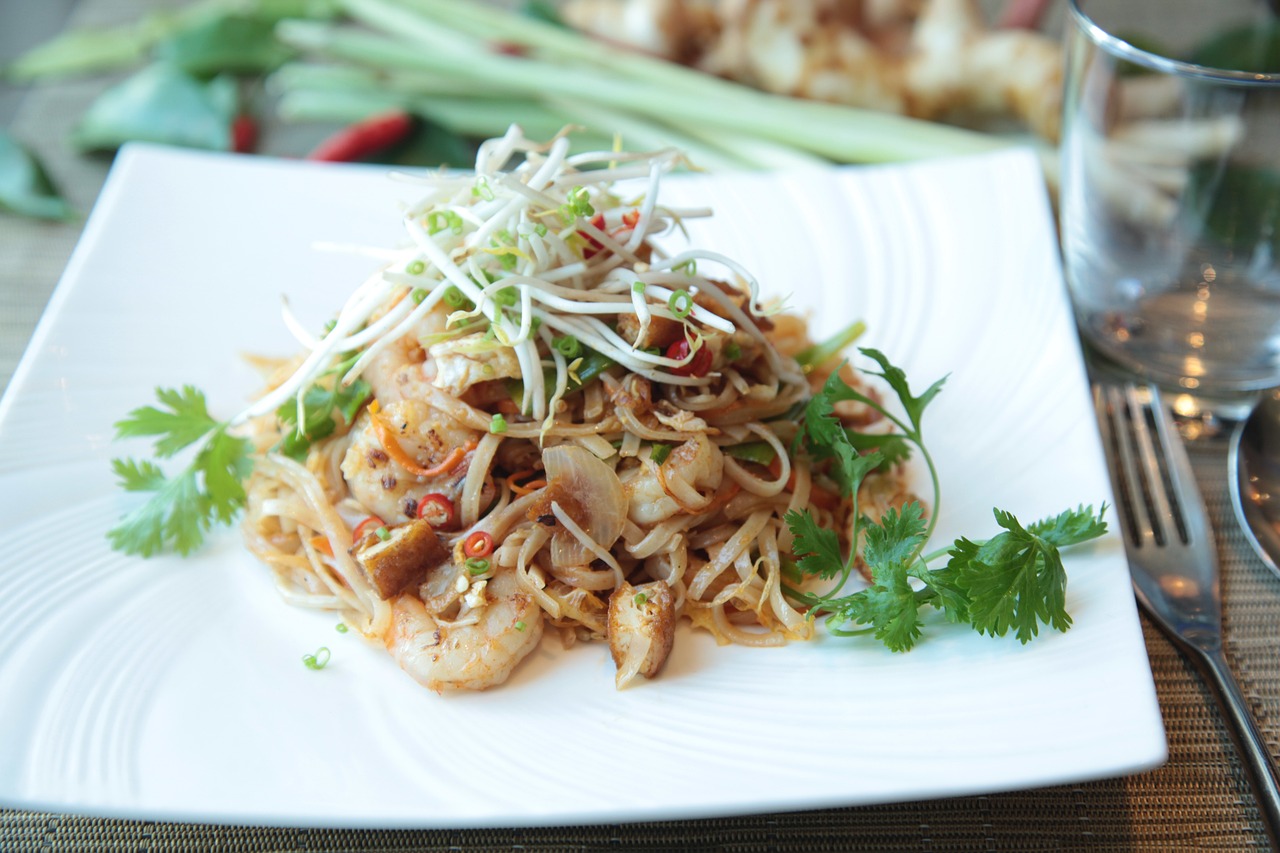
Serving and Presentation
When it comes to serving and presenting Pad Thai, attention to detail can truly elevate the dining experience. The visual appeal of a dish is just as important as its taste, and Pad Thai is no exception. To start, consider the vessel in which you serve your Pad Thai. Traditional Thai dishes are often presented in intricately designed bowls or plates, adding a touch of authenticity to the meal.
Garnishing plays a crucial role in enhancing both the appearance and flavor of Pad Thai. Fresh herbs like cilantro and Thai basil not only add a pop of color but also contribute to the overall aroma of the dish. Lime wedges are commonly provided alongside Pad Thai to impart a zesty kick and cut through the richness of the noodles.
Crushed peanuts are a staple garnish for Pad Thai, offering a satisfying crunch and nutty flavor. Sprinkle them generously over the dish before serving to provide a textural contrast to the soft noodles and tender proteins. Additionally, a sprinkle of chili flakes can be added for those who prefer a bit of heat in their Pad Thai.
When presenting Pad Thai, consider the arrangement of the components on the plate. Placing a vibrant lime wedge on the side of the dish not only adds a pop of color but also serves as a visual cue for diners to squeeze fresh lime juice over their noodles. This simple gesture can enhance the overall flavor profile of the dish.
For a final touch of authenticity, consider serving Pad Thai with a side of fresh bean sprouts and banana flower. These traditional accompaniments not only add visual interest to the plate but also provide additional textures and flavors to complement the main dish. Remember, presentation is key when serving Pad Thai – a beautifully arranged plate can make the dining experience truly memorable.

Perfecting the Flavor Balance
Perfecting the flavor balance in your Pad Thai is crucial to achieving an authentic and delicious dish that captures the essence of Thai cuisine. It's like conducting a symphony, where each ingredient plays a vital role in creating a harmonious flavor profile that tantalizes your taste buds.
Start by understanding the key components of Thai flavors - sweet, sour, salty, and spicy. Balancing these elements is the secret to a perfect Pad Thai. Think of it as a delicate dance where the sweetness of palm sugar, the tanginess of tamarind, the saltiness of fish sauce, and the heat of chili combine in a flavorful melody.
Experiment with the proportions of these ingredients to suit your taste preferences. Some prefer a sweeter Pad Thai, while others enjoy it more on the savory side. Adjust the levels of each element gradually, tasting as you go, until you achieve a balance that sings on your palate.
Don't forget the texture of the dish - the noodles should be cooked just right, not too soft or too firm. They should have a slight chewiness that complements the other ingredients. The crunch of peanuts and freshness of herbs also play a role in enhancing the overall experience.
Consider the visual appeal of your Pad Thai as well. A beautifully presented dish not only looks appetizing but also enhances the dining experience. Garnish with a sprinkle of crushed peanuts, a wedge of lime, and a sprig of fresh cilantro to add color and freshness to your creation.
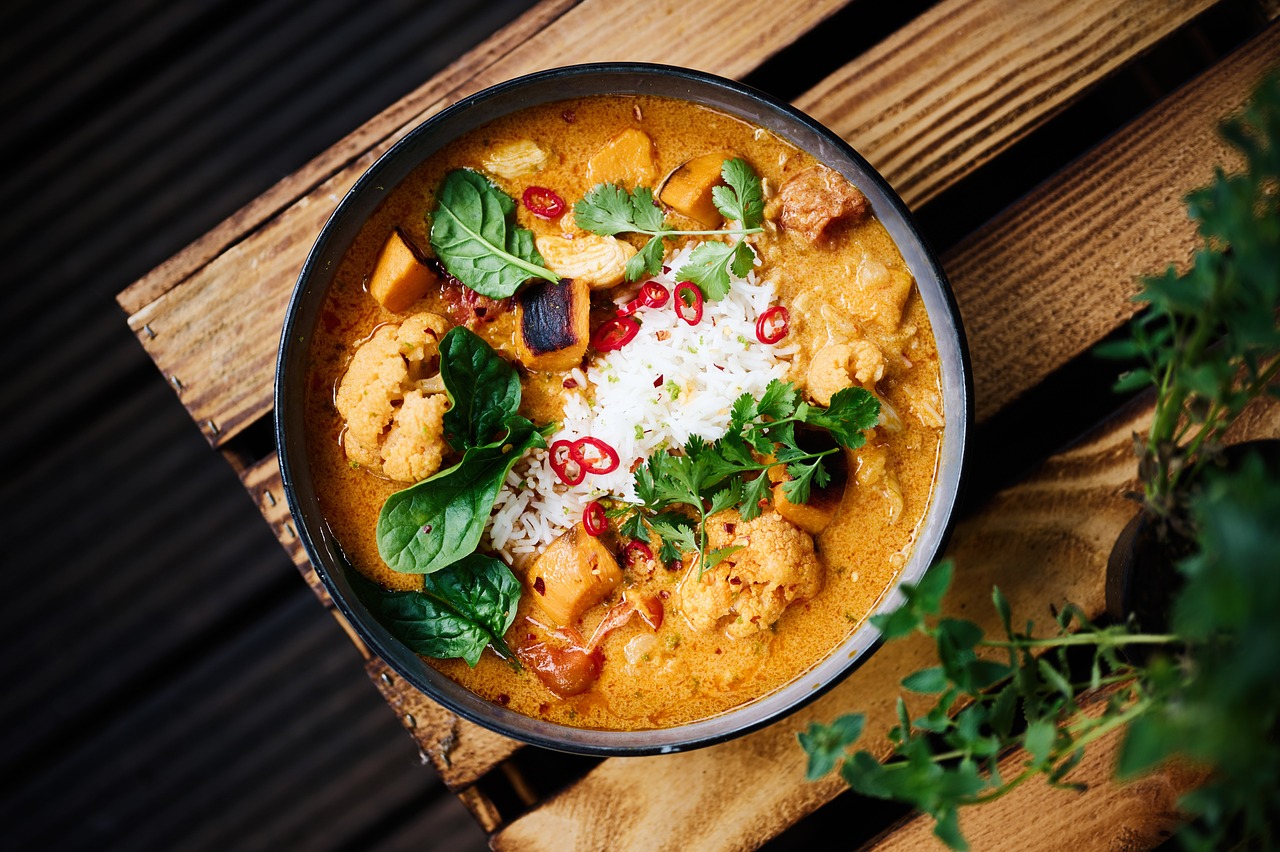
Cultural Significance
The of Pad Thai in Thai cuisine goes beyond just being a popular dish; it represents a deep-rooted connection to the country's history and identity. Pad Thai is not just a meal but a symbol of Thailand's culinary heritage, showcasing the blend of flavors and ingredients that define Thai cuisine. Passed down through generations, the preparation and enjoyment of Pad Thai reflect the traditions and values that are cherished in Thai society.
Frequently Asked Questions
- What is the origin of Pad Thai?
Pad Thai originated in Thailand and is a popular street food dish that has gained worldwide recognition for its unique blend of sweet, sour, and savory flavors.
- What are the key ingredients in Pad Thai?
The key ingredients in Pad Thai include rice noodles, tamarind paste, shrimp, tofu, peanuts, and a variety of fresh herbs and spices that give the dish its signature taste.
- Are there vegetarian and vegan options for Pad Thai?
Yes, there are delicious vegetarian and vegan alternatives to traditional Pad Thai that use plant-based proteins like tofu and tempeh, along with colorful vegetables for a nutritious and flavorful twist on the classic dish.
- How can I achieve the perfect flavor balance in Pad Thai?
To perfect the flavor balance in Pad Thai, it's essential to adjust ingredients like palm sugar, fish sauce, lime juice, and chili flakes to achieve the ideal sweet, sour, salty, and spicy taste profile.
- What is the cultural significance of Pad Thai in Thai cuisine?
Pad Thai holds cultural significance in Thai cuisine as a symbol of national identity and culinary heritage, passed down through generations with pride and tradition, reflecting the essence of Thai culinary artistry.


